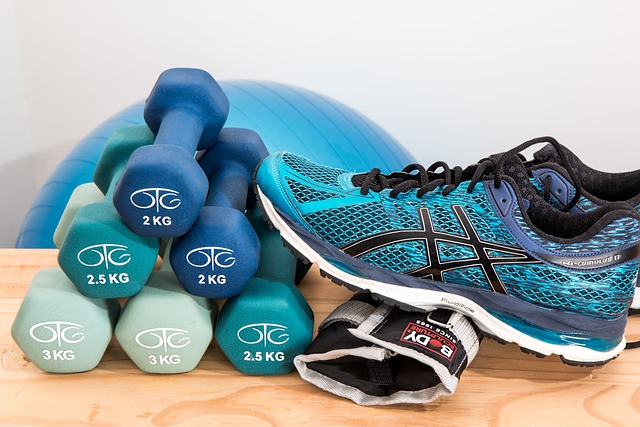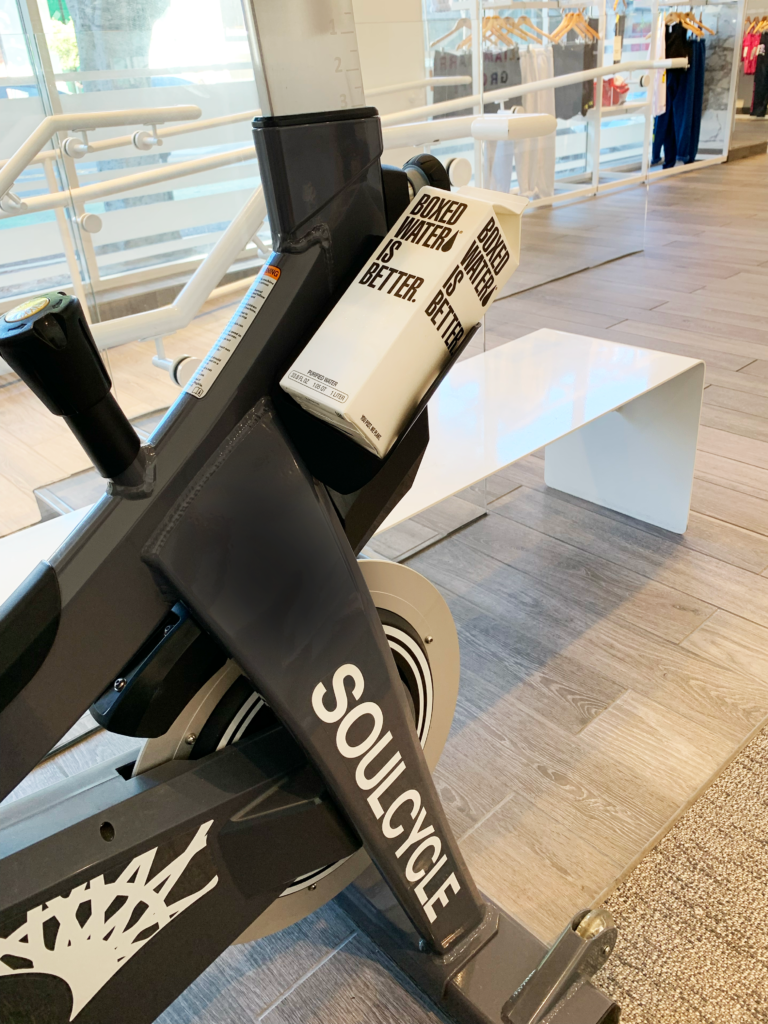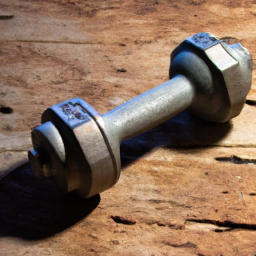In this article, you will learn about the benefits of Pilates for strengthening your core. We will discuss essential exercises that target your midsection and help you achieve a stronger and more stable core. By incorporating these exercises into your fitness routine, you can improve your posture, balance, and overall body strength. So keep reading to discover how Pilates can benefit you and learn some key exercises to incorporate into your workouts.
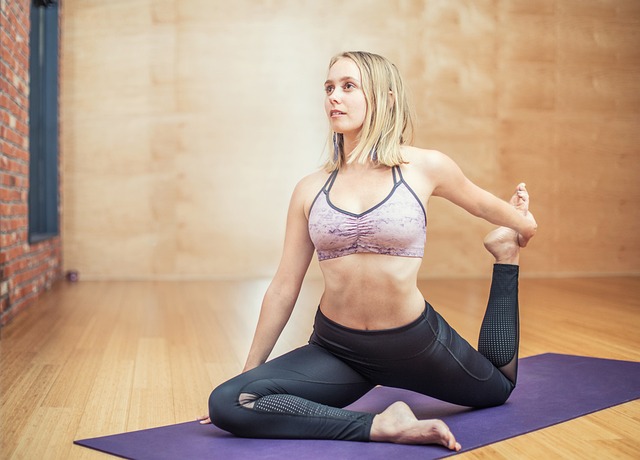
What is Pilates?
Pilates is a form of exercise that focuses on strengthening the core muscles of the body, which include the abdominal muscles, back muscles, and pelvic floor muscles. It was developed by Joseph Pilates in the early 20th century and has since gained popularity worldwide.
Principles of Pilates
There are six key principles that guide the practice of Pilates:
-
Concentration: Pilates requires focused attention and concentration to perform the exercises correctly and effectively.
-
Control: Every movement in Pilates is deliberate and controlled, emphasizing proper alignment and muscle engagement.
-
Centering: The core muscles, often referred to as the “powerhouse,” are the center of all movement in Pilates.
-
Precision: Each exercise in Pilates is executed with precision and attention to detail, ensuring maximum effectiveness and safety.
-
Breath: Proper breathing is essential in Pilates, with emphasis on deep inhales and exhales to maintain a steady flow of oxygen to the muscles.
-
Flow: Pilates exercises are meant to be performed in a continuous flow, creating a seamless and fluid movement experience.
Benefits of Pilates
Pilates offers numerous benefits beyond just core strength. Some of the key benefits include:
-
Improved posture: Pilates focuses on alignment and proper posture, which can help alleviate back pain and improve overall posture in daily life.
-
Increased flexibility: Pilates exercises incorporate stretching and lengthening movements, which can enhance flexibility and range of motion.
-
Improved balance and coordination: The controlled movements in Pilates require balance and coordination, helping to improve these skills over time.
-
Enhanced muscular strength: Pilates targets all major muscle groups, resulting in increased strength and muscle tone throughout the body.
-
Reduced stress and increased relaxation: The mindful nature of Pilates, combined with the focus on deep breathing, can help reduce stress and promote relaxation.
-
Injury prevention: Pilates promotes proper alignment and muscle balance, which can help prevent injuries both during exercise and in daily activities.
Understanding Core Strength
Before delving into the specific Pilates exercises for core strength, it is important to understand the anatomy of the core muscles and why core strength is vital.
Anatomy of the Core Muscles
The core muscles are a complex group of muscles that provide stability and support to the spine and pelvis. They include the rectus abdominis (the “six-pack” muscles), transverse abdominis, obliques, erector spinae, and the muscles of the pelvic floor.
Importance of Core Strength
Having a strong core is essential for overall strength, stability, and proper movement mechanics. A strong core can:
-
Improve posture and alignment: Core strength helps maintain proper alignment of the spine, reducing strain on the back and improving posture.
-
Enhance overall athletic performance: A strong core provides a solid foundation for all other movements and can improve performance in various sports and activities.
-
Prevent back pain and injuries: A weak core can contribute to back pain and increase the risk of injuries during physical activities.
-
Improve balance and stability: Core strength plays a crucial role in maintaining balance and stability, reducing the risk of falls and enhancing daily activities.
-
Support proper breathing and digestion: The core muscles aid in deep breathing and support the organs involved in digestion.
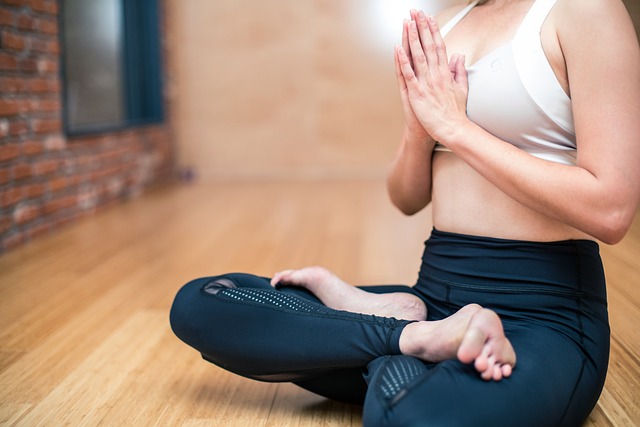
Why Pilates for Core Strength?
While there are various exercises that can help strengthen the core, Pilates offers unique advantages over other forms of exercise.
Pilates vs Other Exercises for Core Strength
Pilates differs from traditional abdominal exercises such as crunches and sit-ups in several ways. While these exercises primarily target the superficial abdominal muscles, Pilates engages the deeper core muscles for a more comprehensive and effective workout.
Unique Features of Pilates
Pilates focuses on the quality of movement rather than quantity. It emphasizes proper alignment, precision, and control, which help activate and strengthen the core muscles effectively. Additionally, Pilates is a low-impact exercise that is suitable for people of all fitness levels, making it accessible to a wide range of individuals.
Essential Pilates Exercises for Core Strength
Now that you understand the importance of core strength and the uniqueness of Pilates, let’s explore some essential Pilates exercises for strengthening the core muscles.
Pilates Hundred
The Pilates Hundred is a classic exercise that targets the deep abdominal muscles, strengthens the core, and increases overall body awareness. To perform the Hundred:
-
Lie on your back with your knees bent and feet flat on the floor, hip-width apart.
-
Lift your head, neck, and shoulders off the mat, reaching your arms straight alongside your body.
-
Begin pumping your arms up and down while inhaling for five counts and exhaling for five counts. Continue for ten full breath cycles.
Roll-Up
The Roll-Up exercise strengthens the entire abdominal wall and improves spinal flexibility. To perform the Roll-Up:
-
Start by lying on your back with your legs extended and arms reaching overhead.
-
Inhale and engage your core as you slowly curl your body up, reaching your arms towards your toes.
-
Exhale and continue rolling up until you reach a seated position.
-
Inhale to pause in the seated position and exhale to slowly roll back down to the starting position.
Single Leg Stretch
The Single Leg Stretch is an exercise that targets the abdominals and increases core stability. To perform the Single Leg Stretch:
-
Lie on your back with your knees bent and feet lifted off the mat, shins parallel to the floor.
-
Lift your head, neck, and shoulders off the mat, engaging your core.
-
Extend your right leg straight while simultaneously pulling your left knee towards your chest, bringing your left hand to your left ankle.
-
Switch legs, extending your left leg while pulling your right knee towards your chest. Alternate legs for a total of 10-15 repetitions on each side.
Double Leg Stretch
The Double Leg Stretch builds core strength and coordination. To perform the Double Leg Stretch:
-
Lie on your back with your knees bent and feet lifted off the mat, shins parallel to the floor.
-
Lift your head, neck, and shoulders off the mat, engaging your core.
-
Reach your arms overhead and extend your legs out to a 45-degree angle.
-
As you inhale, circle your arms out to the sides and bring your knees towards your chest.
-
Exhale and simultaneously extend your arms overhead and extend your legs out to a 45-degree angle. Repeat for 10-15 repetitions.
Crisscross
The Crisscross exercise targets the obliques and helps improve rotational stability. To perform the Crisscross:
-
Lie on your back with your knees bent and feet lifted off the mat, shins parallel to the floor.
-
Place your hands behind your head, elbows wide, and lift your head, neck, and shoulders off the mat.
-
Inhale and twist your upper body to the right, bringing your left shoulder towards your right knee.
-
Exhale and twist to the other side, bringing your right shoulder towards your left knee. Continue alternating sides for 10-15 repetitions.
Swimming
The Swimming exercise strengthens the back muscles and improves overall core stability. To perform the Swimming:
-
Lie on your stomach with your arms extended in front of you and your legs extended behind you.
-
Lift your chest, arms, and legs off the mat, engaging your core.
-
Begin swimming motions with your arms and legs, alternating sides in a controlled and relaxed manner. Continue for 1 minute.
Plank
The Plank is a well-known exercise that targets the entire core and promotes overall body stability. To perform the Plank:
-
Start in a push-up position with your hands directly under your shoulders and your toes on the mat.
-
Engage your core, squeeze your glutes, and keep your body in a straight line from head to heels.
-
Hold the position for 30-60 seconds, focusing on maintaining proper form and breathing steadily.
Side Plank
The Side Plank targets the obliques and improves lateral stability. To perform the Side Plank:
-
Start by lying on your side with your elbow directly beneath your shoulder and your legs extended.
-
Lift your hips off the mat, stacking your legs and feet on top of each other.
-
Reach your top arm towards the ceiling, creating a straight line from your head to your feet.
-
Hold the position for 30-60 seconds on each side, focusing on maintaining proper form and breathing steadily.
Teaser
The Teaser is an advanced Pilates exercise that challenges the entire core and requires balance and control. To perform the Teaser:
-
Start by lying on your back with your legs extended and arms reaching overhead.
-
Inhale and engage your core as you slowly roll your body up, lifting your legs and arms off the mat simultaneously.
-
Exhale and balance on your sit bones, reaching your arms towards your feet.
-
Inhale to pause in the balanced position and exhale to slowly lower your body back to the mat.
Bridging
The Bridging exercise targets the glutes, hamstrings, and lower back muscles while engaging the core. To perform the Bridging:
-
Lie on your back with your knees bent and feet hip-width apart, flat on the mat.
-
Inhale and engage your core as you press your feet into the mat, lifting your hips off the mat until your body forms a straight line from knees to shoulders.
-
Exhale and slowly lower your hips back down to the mat. Repeat for 10-15 repetitions.
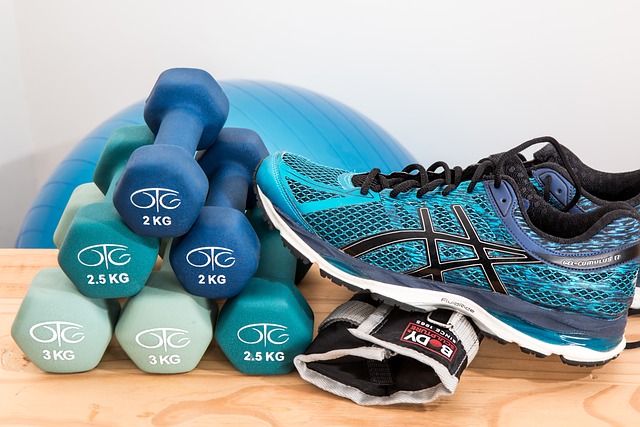
Perfecting Your Pilates Technique
To maximize the benefits of Pilates and ensure safety during the exercises, it is essential to focus on proper technique and form.
Breathing Techniques
In Pilates, proper breathing is crucial for activating the deep core muscles and maintaining stability. Generally, the breath pattern involves inhaling through the nose and exhaling through the mouth, with an emphasis on deep diaphragmatic breathing.
Alignment and Posture
Maintaining proper alignment and posture is essential in Pilates to prevent strain and injury. Key points to remember include lengthening the spine, engaging the core, relaxing the shoulders, and maintaining a neutral pelvis.
Engaging the Core Muscles
To effectively engage the core muscles during Pilates exercises, it is important to focus on drawing the navel towards the spine and activating the deep abdominal muscles, rather than relying solely on the superficial muscles.
Creating a Pilates Routine for Core Strength
Now that you have a foundation of essential Pilates exercises and understand proper technique, it’s time to create a Pilates routine specifically targeting core strength.
Setting Goals
Begin by setting clear goals for your Pilates practice. Whether you aim to increase core strength, improve posture, or enhance overall fitness, clearly defining your objectives will help you structure your routine effectively.
Choosing the Right Exercises
Select a variety of Pilates exercises that specifically target the core muscles. Consider including a mix of exercises that focus on the rectus abdominis, obliques, transverse abdominis, and the back muscles. Make sure to choose exercises that align with your current fitness level and gradually increase the difficulty as you progress.
Progressing in Difficulty
As you become more comfortable with your Pilates routine, gradually increase the intensity and difficulty of the exercises. This can be done by incorporating resistance bands, exercise balls, or other props to challenge the core muscles further.
Incorporating Variations
To keep your Pilates routine engaging and dynamic, consider incorporating variations of the essential exercises. There are numerous modifications and progressions available for each exercise, allowing you to continuously challenge and strengthen your core.
Tips for a Stronger Midsection
In addition to practicing Pilates, there are several other factors that can contribute to a stronger midsection. Consider implementing the following tips into your fitness routine:
Consistency is Key
Consistency is crucial when it comes to strengthening the core. Aim to practice Pilates exercises at least 2-3 times per week to see significant results. Consistency over time is key to developing and maintaining core strength.
Listening to Your Body
Pay attention to your body during Pilates exercises and adjust the intensity and duration according to your fitness level and comfort. It is important to challenge yourself but also listen to any discomfort or pain that your body may be signaling.
Balanced Nutrition
A balanced and nutrient-rich diet plays a significant role in overall fitness and core strength. Ensure that you fuel your body with a healthy mix of lean proteins, whole grains, fruits, vegetables, and healthy fats to support your fitness goals.
Considering Professional Guidance
If you are new to Pilates or have specific fitness goals, consider seeking professional guidance from a certified Pilates instructor. They can provide personalized instruction, correct your form, and offer modifications tailored to your needs.
Common Mistakes and How to Avoid Them
To ensure a safe and effective Pilates practice, it is important to be aware of common mistakes and how to avoid them.
Improper Form and Technique
Maintaining proper form and technique is vital in Pilates. Performing exercises with incorrect alignment, rushing through movements, or relying on momentum can lead to injury and prevent you from achieving optimal results. Always focus on quality rather than quantity.
Overtraining
While consistency is important, overtraining can be detrimental to your progress and overall well-being. Give your body adequate rest and recovery time between Pilates sessions to allow the muscles to repair and rebuild.
Neglecting Rest and Recovery
Rest and recovery are just as crucial as the actual workouts. Listen to your body and give yourself permission to rest when needed. Incorporate stretching, foam rolling, and other relaxation techniques to aid in muscle recovery and prevent injury.
Skipping Warm-Up and Cool-Down
Warming up before a Pilates session and cooling down afterward is essential for preparing the body and minimizing post-workout stiffness or soreness. Prioritize a dynamic warm-up that includes exercises such as marching in place, leg swings, and shoulder rolls. Likewise, a static stretching routine after your workout can help promote flexibility and reduce muscle tension.
Incorporating Pilates into Your Fitness Routine
To maximize the benefits of Pilates for core strength, consider incorporating it into your overall fitness routine.
Combining Pilates with Cardiovascular Exercises
Pairing Pilates with cardiovascular exercises such as jogging, cycling, or swimming can create a balanced and well-rounded fitness routine. The cardiovascular workouts help burn calories and promote cardiovascular health, while Pilates targets core strength and overall stability.
Scheduling Pilates Sessions
Designate specific days and times for your Pilates sessions to ensure consistency and commitment. Consider incorporating it into your weekly schedule as you would any other important appointment or activity.
Joining a Pilates Class or Hiring an Instructor
If you prefer a more structured and guided approach to your Pilates practice, consider joining a Pilates class or hiring a certified instructor. This ensures proper form, personalized guidance, and the opportunity to connect and learn from others in a group setting.
Conclusion
Pilates is a highly effective form of exercise for developing core strength, improving overall posture, and enhancing body awareness. By incorporating essential Pilates exercises into your routine and focusing on proper technique, you can experience transformative benefits for a stronger midsection. Remember to set clear goals, listen to your body, and prioritize consistency to achieve lasting results. Whether you choose to practice Pilates alone or incorporate it into a broader fitness routine, embracing Pilates as a regular part of your life can lead to a stronger, more resilient core.
